As a dentist, you have unique opportunities to maximize your charitable contributions while minimizing your tax liability. By considering strategies like donating appreciated non-cash assets or utilizing donor-advised funds, you can enhance your philanthropic impact without sacrificing financial benefits. Have you thought about how charitable bunching or qualified charitable distributions could fit into your tax strategy? These approaches not only help your favorite causes but also guarantee you're making the most of your financial resources. The real question is, what specific strategies could align best with your goals?
Key Takeaways
- Dentists can donate appreciated non-cash assets like stocks or real estate to avoid capital gains tax and maximize charitable deductions.
- Utilizing charitable bunching strategies allows dentists to combine multiple years of donations for greater tax efficiency in a single year.
- Qualified Charitable Distributions (QCDs) enable dentists over 70½ to donate directly from IRAs, reducing taxable income and meeting required distributions.
- Establishing Donor-Advised Funds (DAFs) allows dentists to make larger contributions upfront while benefiting from immediate tax deductions and tax-free investment growth.
- Implementing Charitable Trusts, such as CRTs and CLTs, helps dentists achieve philanthropic goals while strategically managing taxes and wealth transfer to heirs.
Donating Appreciated Non-Cash Assets
When you donate appreciated non-cash assets like stocks or real estate, you not only support a good cause but also enjoy significant tax advantages.
By donating appreciated assets, you can avoid capital gains tax, which typically ranges from 15% to 20% for long-term holdings. Plus, the charitable deduction is based on the fair market value of the assets at the time of donation, potentially boosting your overall charitable contributions.
Charitable Bunching Strategies
Charitable bunching strategies can greatly enhance your tax efficiency by allowing you to group multiple years' worth of donations into a single tax year.
By combining your contributions, you can maximize your itemized deductions in that year while taking the standard deduction in subsequent years. For instance, if you and your spouse donate $10,000 annually, you could bunch three years' worth of donations, yielding $30,000 in deductions and potentially saving over $7,700 if you're in the 37% federal tax bracket.
This timing strategy is particularly beneficial in high-income years, helping you optimize tax benefits.
Consider using donor-advised funds to facilitate charitable bunching, enabling you to make a larger upfront contribution while distributing funds over time.
Utilizing Qualified Charitable Distributions
As you approach retirement, utilizing Qualified Charitable Distributions (QCDs) can be a savvy way to support your favorite charities while minimizing your tax burden.
If you're 70½ or older, you can donate up to $100,000 annually from your IRA directly to a charitable organization. This not only satisfies your required minimum distributions but also helps lower your adjusted gross income (AGI), potentially reducing your tax bracket.
The tax savings from QCDs can greatly benefit you as a retiree, keeping you eligible for other tax credits and lowering Medicare premiums.
Plus, both you and your spouse can each direct QCDs, allowing you to collectively contribute up to $200,000 tax-free.
Just remember to obtain written acknowledgment for tax reporting!
Establishing Donor-Advised Funds
Establishing a Donor-Advised Fund (DAF) can be a potent tool for dentists looking to enhance their philanthropic efforts while optimizing their tax benefits.
With DAFs, you can make charitable contributions using cash, stocks, or appreciated non-cash assets, all while receiving an immediate tax deduction. You can deduct up to 60% of your adjusted gross income (AGI) for cash donations and 30% for non-cash assets, boosting your tax efficiency.
Additionally, investments within your DAF grow tax-free until you distribute them, increasing your charitable giving potential. By bunching contributions, you can maximize itemized deductions in certain years.
Plus, DAFs simplify record-keeping, helping you track your giving and achieve your philanthropic goals with ease.
Implementing Charitable Trusts
Implementing charitable trusts can be a robust strategy for you as a dentist looking to maximize your philanthropic impact while enjoying tax benefits.
With options like Charitable Remainder Trusts (CRTs) and Charitable Lead Trusts (CLTs), you can effectively manage your assets, generate income, and support causes you care about.
Charitable Remainder Trusts Benefits
When you consider the benefits of Charitable Remainder Trusts (CRTs), you'll find they offer a robust way to combine philanthropy with financial strategy.
A CRT allows you to receive an immediate charitable deduction based on the present value of the remainder interest, leading to substantial tax savings. By placing appreciated assets in the trust, you can grow them tax-free until they're distributed to your chosen charity.
This strategic way of handling assets helps mitigate capital gains taxes while enhancing your financial planning. You can also receive income from the CRT for a specified term or your lifetime, making it an attractive option for supplementing retirement income while supporting charitable causes.
It's a win-win for donors!
Charitable Lead Trusts Overview
Charitable Lead Trusts (CLTs) offer a unique opportunity for you to support charitable causes while also planning for your financial future.
As a donor, you can make donations to charities for a set term, allowing you to provide philanthropic support. You might benefit from an immediate charitable deduction based on the present value of the income stream to the charity, which can greatly lower your taxable income.
CLTs can facilitate wealth transfer to heirs with reduced estate and gift tax implications. However, establishing a CLT requires careful planning to comply with IRS regulations.
It's wise to consult a financial advisor or estate planning attorney to ascertain ideal structuring and maximize tax benefits for your situation.
Legacy Planning With Charitable Bequests
While planning your legacy, consider how charitable bequests can play an essential role in shaping your financial and philanthropic future.
By including charitable bequests in your estate planning strategy, you can guarantee your philanthropic values continue beyond your lifetime. These bequests allow you to provide financial support to charitable organizations you care about, creating a meaningful impact in your community.
Plus, charitable bequests are generally exempt from estate taxes, facilitating a tax-efficient transfer of wealth. This means you can control the distribution of your assets while reducing the tax burden on your estate.
Ultimately, charitable bequests authorize you to leave an enduring legacy, supporting causes like dental health initiatives and education for generations to come.
Frequently Asked Questions
Is It Better to Take QCD or Charitable Deduction?
When deciding between Qualified Charitable Distributions and charitable deductions, consider your retirement account donations, taxable income impact, itemized deduction comparison, and tax bracket considerations to align with your charitable intent and maximize benefits effectively.
How Do I Maximize Charitable Donations on My Taxes?
Envision a gardener nurturing a diverse orchard. To maximize your charitable donations, explore gifting strategies like donor-advised funds, charitable trusts, and nonprofit partnerships, while considering donation limits, itemized deductions, and tax efficient giving in your financial planning.
How Do I Avoid Paying Taxes if I Donate to Charity?
To avoid paying taxes when donating to charity, leverage tax benefits like itemized deductions for charitable contributions, utilize donor advised funds, and guarantee donations go to qualified charities within donation limits based on your tax bracket.
Is It Worth Donating to Charity a Tax Write-Off?
Donating to nonprofit organizations can provide valuable tax benefits. You can often claim tax deductions for charitable contributions, enhancing your financial planning. Consider the tax implications and giving strategies to maximize your charitable intent effectively.
Conclusion
By embracing these tax-smart charitable giving strategies, you can supercharge your philanthropic efforts while keeping more of your hard-earned money in your pocket. Envision dodging capital gains tax like a pro and watching your impact grow exponentially! Whether you're donating appreciated assets, using donor-advised funds, or implementing charitable trusts, each strategy can maximize your benefits. So, take action today—your future self (and countless beneficiaries) will thank you for it!


